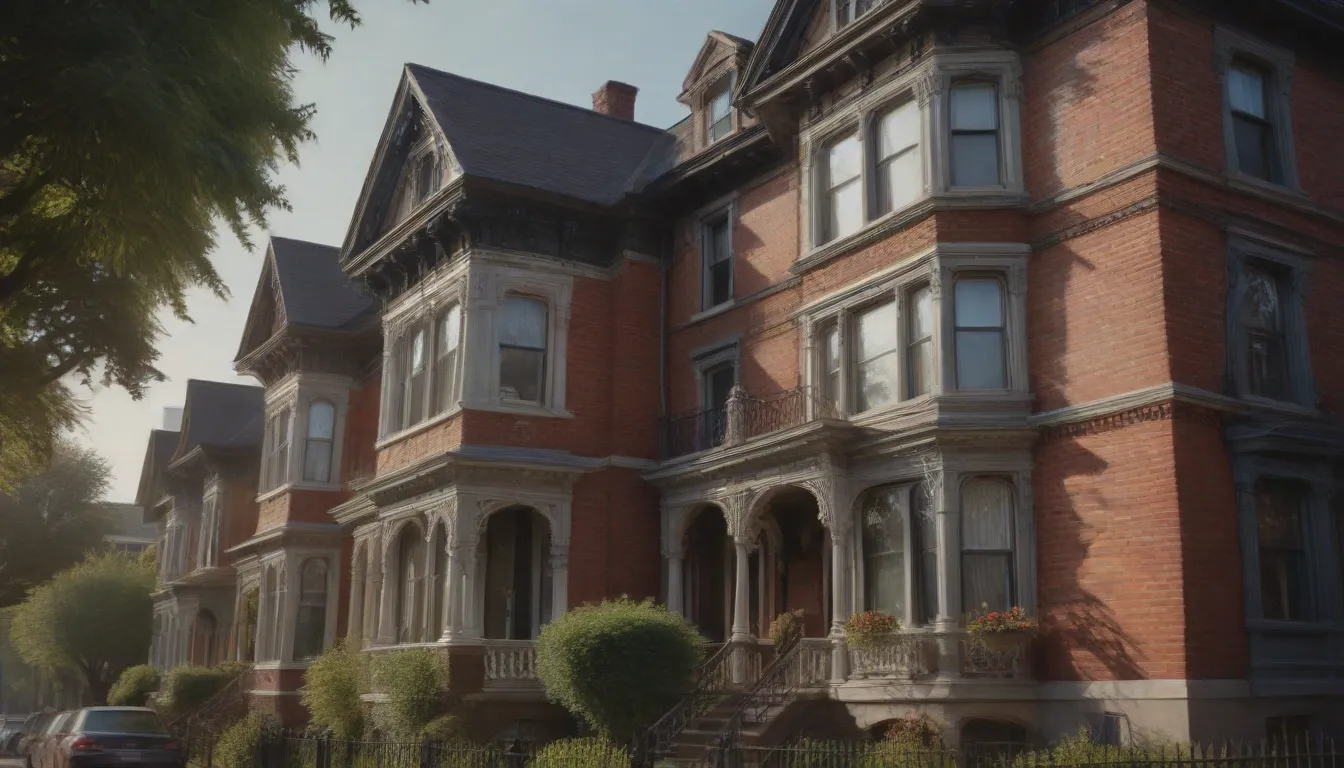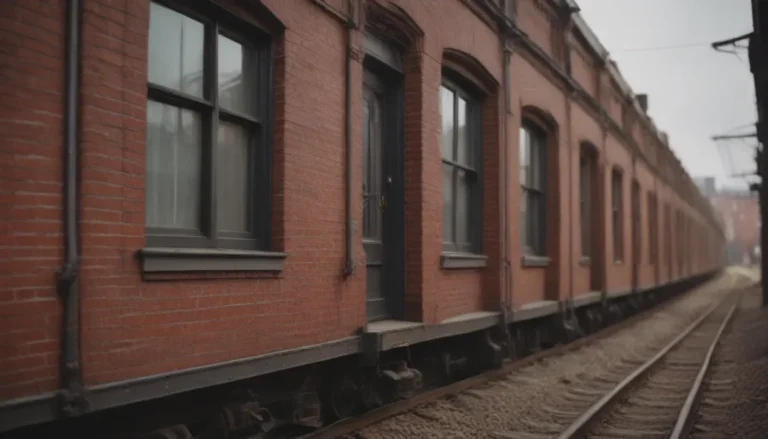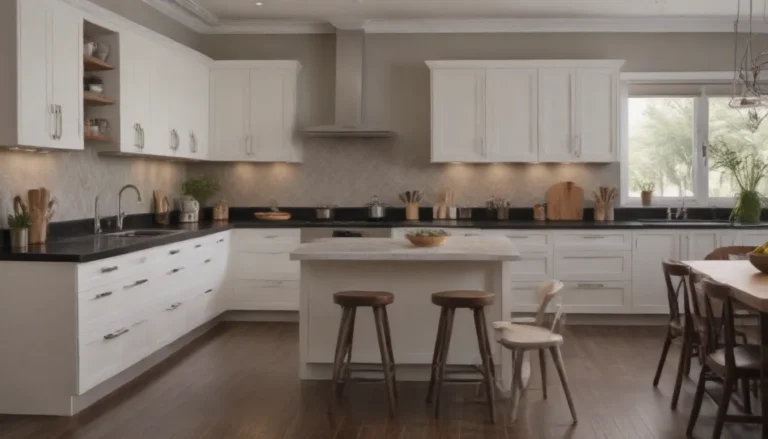Unraveling the Charms of Queen Anne-Style Houses

Queen Anne-style houses stand out like vibrant gems among the traditional brick and sided homes of yesteryear. With their intricate detailing, colorful paint schemes, and unique towers and windows, these architectural marvels exude a whimsical charm that captivates passersby. Amidst the renewed interest in old homes, these fairytale-like structures have garnered a special place in the hearts of architecture enthusiasts and history lovers alike.
Exploring the Enchanting World of Queen Anne-Style Houses
A subtype of Victorian architecture, Queen Anne-style houses reached the pinnacle of their popularity from the 1880s through the 1910s. These houses boast an intricate appearance characterized by artistic and asymmetrical elements, along with bold, multi-color paint schemes that set them apart from their more traditional counterparts. Let’s delve deeper into what makes these homes truly unique and captivating.
Delving into the Key Features of Queen Anne-Style Houses
A Queen Anne-style home is like something out of a storybook, brought to life with its elaborate detailing, trim, and latticework. Here are some key characteristics that define these iconic houses:
- Asymmetrical design with an artistic flair
- Towers, turrets, and steeply pitched roofs
- Intricate detailing, including trim and latticework
- Multi-gabled roofs that add to the whimsical charm
- Use of three or more colors on the exterior
- Stained glass windows for a pop of color and elegance
- Wrap-around porches that invite you to sit and relax
Towers in Queen Anne-style houses are often polygonal or round, serving as a distinctive feature that sets them apart from other architectural styles. The combination of these elements creates a multi-layered effect that adds to the overall visual appeal of these homes.
Tracing the Origins of Queen Anne-Style Houses
The roots of Queen Anne-style houses can be traced back to the 1700s during Queen Anne’s reign in Britain. Initially, these houses boasted subtle and classical appearances with symmetrical layouts. However, in the 1870s, the Queen Anne Revival style emerged with a shift towards asymmetry and three-dimensional features like porches and towers.
As the style made its way to America in the late 19th and early 20th centuries, it underwent further transformations, leading to the richly detailed and brightly-hued homes that we associate with Queen Anne architecture today. Inspired by Eastlake-style houses, these lavish details and vibrant color palettes have become synonymous with the Queen Anne style.
Distinguishing Queen Anne-Style Houses from Victorian Houses
While Queen Anne-style houses fall under the umbrella of Victorian architecture, there are certain features that set them apart from other styles. Here are some distinguishing characteristics to help identify a Queen Anne-style house:
Queen Anne-Style Houses:
- Intricate details and trim
- Three or more colors on the exterior
- Rounded towers, turrets, or facades
- Wrap-around porches
- Asymmetrical facades and features
- Complex, asymmetrical roof with multiple gables
- Large windows with stained glass
Victorian Houses (Non-Queen Anne Style):
- Flat roofs
- Square towers and turrets
- Less detailing
- Smaller porches or porticos
- Symmetrical lines
- No bay windows
While some features may overlap between Queen Anne-style houses and other Victorian styles, a closer look at the overall design and detailing can help you distinguish one from the other.
Embracing the Timeless Appeal of Queen Anne-Style Houses
Despite the passage of time, Queen Anne-style houses continue to captivate onlookers with their unique charm and architectural elegance. Whether nestled in old neighborhoods or quaint towns, these enchanting homes stand as a testament to a bygone era and a cherished chapter in architectural history.
While some Queen Anne-style houses may have undergone alterations over the years, their inherent beauty and charm remain intact, waiting to be uncovered and restored by passionate homeowners and preservationists. The enduring popularity of this architectural style speaks to its timeless appeal and lasting influence on design enthusiasts and architects alike.
In conclusion, Queen Anne-style houses are not merely architectural wonders but also cultural icons that have withstood the test of time, retaining their allure and enchantment for generations to come. As we continue to appreciate and preserve these magnificent structures, we honor their legacy and ensure that their beauty and elegance endure for many more years to come.





